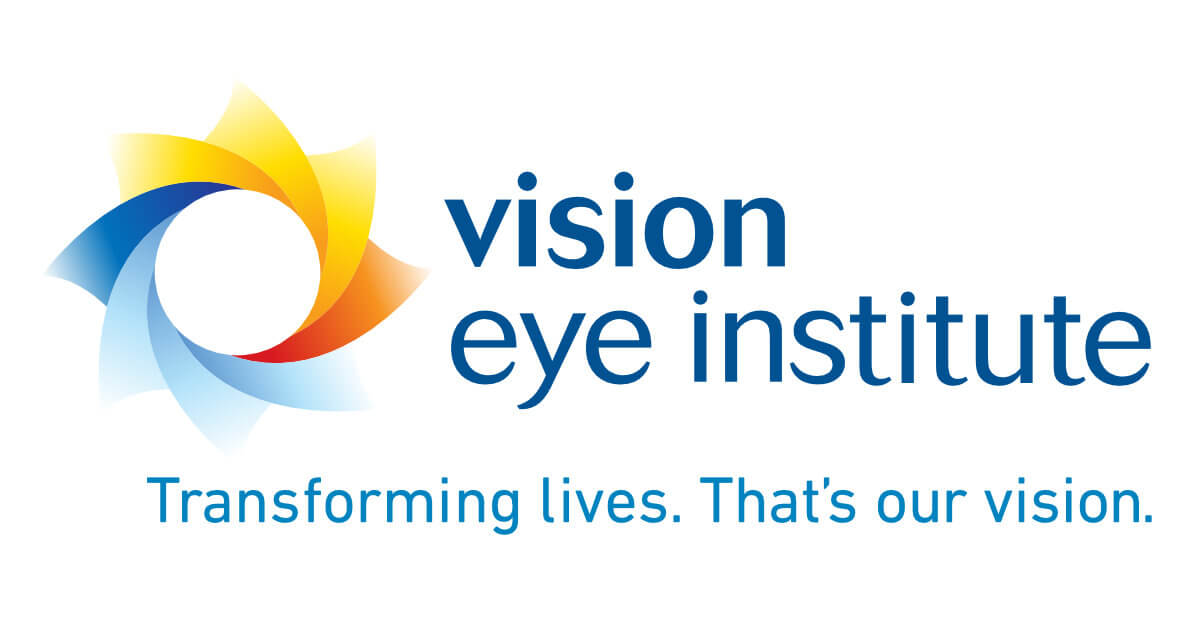Too young for lens replacement.
Yeah so you wait 10-15yrs develop cateracts, wait some more then the waiting list for medicare to pay
with deteriorating vision where are my glasses a complete PITA and you can't see with glasses anyway
Or take your ten grand now for a quality visionfull life, again
So No BS!
Cataract surgery
This is one of the most frequently performed surgical procedures in the world. The surgery involves:
- Administering a local anaesthetic to the eye(s)
- Making a tiny 2–3 mm incision in the outermost layer of the eye (the cornea)
- Making an evenly round incision in the ‘bag’ (capsule) containing the affected lens
- Breaking up the affected lens into smaller pieces with an ultrasound
- Removing these pieces with a vacuum and flushing the lens capsule to clean it
- Inserting and accurately positioning a clear artificial replacement lens (known as an intraocular lens or IOL).
The new lens can’t be felt once placed inside the eye. When a lens is replaced, it is not possible to develop another cataract.
The operation itself takes less than 30 minutes and can be performed in a day surgery or in hospital. At Vision Eye Institute, your procedure will be performed in one of our fully equipped, accredited, state-of-the-art day surgeries.
Refractive lens exchange
This is also known as clear lens extraction or lens replacement surgery. Using the same technique as for cataract surgery, the dysfunctional natural lens (with no cataract present) is removed and replaced with an artificial intraocular lens (IOL) to correct vision. Most surgeons recommend using a laser when performing refractive lens exchange.
People under 45 are usually not suitable candidates for this type of procedure. This is because the body’s natural lenses are better than any of the replacement lens options that are currently available. A
laser eye surgery procedure is usually the better option in these cases. Your ophthalmologist will discuss the vision correction options best for you.
Replacement lens options
Artificial intraocular lenses (IOLs) are made of soft, flexible plastic and are used to replace your body’s natural lens. They can also be used to correct pre-existing refractive errors, such as short-sightedness, long-sightedness and/or astigmatism (blurry vision due to an abnormally shaped cornea or lens).
There are a number of replacement lens options available – the lens you choose will influence whether you still require glasses for certain activities following surgery.
- Monofocal lenses allow clear vision at a single distance (i.e. near/reading or far). Following surgery, glasses will still be required for certain tasks.
- Multifocal lenses allow clear focus at more than one distance but have a higher risk of visual side-effects (e.g. glare and halos around lights).
– Bifocal lenses allow clear focus at two distances (near/reading and far), but glasses are likely to be required for intermediate distances (e.g. computer work).
– Trifocal lenses allow clear vision at three distances (near/reading, intermediate and far). Glasses are often not required for standard day-to-day activities following surgery.
- Extended-depth-of-focus (EDOF) lenses represent the latest in lens technology. In these lenses, a single focal point is stretched to increase the range of clear vision. After surgery, patients will typically have good unaided distance and intermediate vision, with functional near vision. Glasses may still be required for some near tasks. EDOF lenses have less issues with unwanted visual side-effects.
- Toric lenses are used to correct astigmatism, where an abnormally shaped cornea or lens causes blurry or distorted vision.
A premium lens refers to the more sophisticated lenses that offer greater flexibility and individual customisation. Trifocal and EDOF lenses are good examples of premium lenses. Patients should note that bifocal and trifocal lenses involve some visual compromise, meaning that they aren’t ideal for everybody. If you are quick to notice visual imperfections or don’t mind wearing glasses, monofocal lenses are usually a better choice.
Your ophthalmologist will discuss the advantages and disadvantages of each lens type and help you select the right one for your needs. They will provide you with the full cost during your consultation, once you have chosen your preferred lens option.
Are cataracts affecting your vision? Find out about cataract causes and symptoms, types of procedures and lens replacement options. Book a consultation.

visioneyeinstitute.com.au




